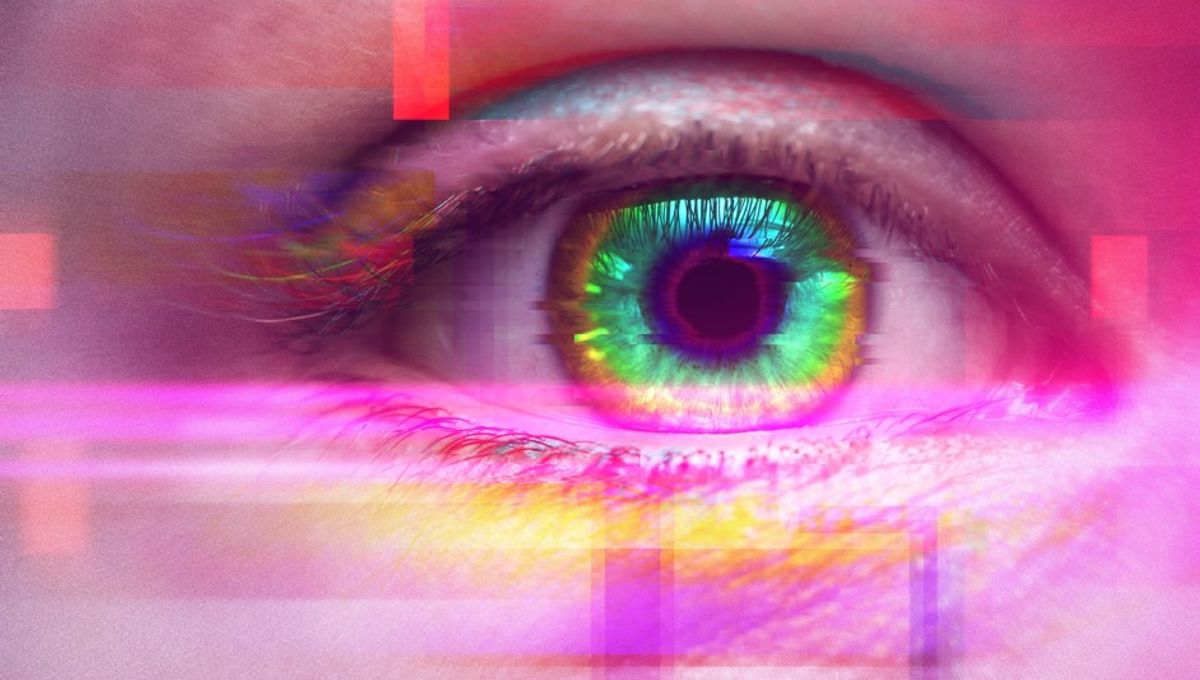
Psychedelic drugs like LSD, DMT, and psilocybin are known for their ability to trigger kaleidoscopic visual hallucinations, raising interesting questions about how people with aphantasia – or the lack of a “mind’s eye” – experience these trippy substances. Astonishingly, research is beginning to reveal that some individuals with this condition may actually acquire visual mental imagery for the first time after using psychedelics, leading to a range of potentially life-changing outcomes.
The rest of this article is behind a paywall. Please sign in or subscribe to access the full content.
However, the authors of a new paper say that this sudden explosion of internal vision may not always be a good thing, and warn that such a drastic change could be detrimental to mental health.
Aphantasia refers to the complete inability to mentally visualize, but it is not a disease or a disorder and is thought to affect between 1 and 4 percent of people. Rather than seeing pictures in their internal universe, these individuals tend to think in words or other sensory modalities.
However, two recent case reports have highlighted the potential of psychedelics to fire up the mind’s eye in those with no previous mental imagery. The first of these involves a man with aphantasia who suddenly started seeing internal images following a single dose of the Amazonian hallucinogen ayahuasca, while the second concerns a 34-year-old woman who experienced the same effect after taking magic mushrooms.
In the latter example, the individual experienced a sudden explosion of internal vision, jumping from the minimum to the maximum score on a standardized test for mental imagery. A year later, the woman’s score had dropped to around average, indicating that a single dose of psilocybin can produce a sustained reversal of aphantasia.
At present, it’s unclear how common this effect is or whether psychedelics have the potential to enhance mental imagery in every person who lacks this form of internal experience. “However, if this phenomenon turns out to be common, it would have important implications for the expected effects for patients undergoing psychedelic therapy, as well as for the understanding of the mechanisms behind aphantasia and mental imagery,” write the authors of the new report.
According to the researchers, the use of psychedelics to activate the mind’s eye could, in theory, be harnessed therapeutically. For instance, a technique called “imagery rescripting” involves visualizing positive scenarios in order to help patients transform their relationship with negative memories, thoughts, or events.
At the same time, however, the authors explain that “people with stronger visual imagery tend to have more intrusive thoughts and memories, cravings and maladaptive daydreaming when compared to people with aphantasia.” For instance, they write that “strong imagery is associated with an increased risk of PTSD flashbacks.”
It’s currently unclear exactly how psychedelics produce this surprising increase in mental imagery, although research has shown that these drugs tend to boost activity in the visual cortex. More generally, psychedelics have been shown to trigger an explosion of connectivity between brain regions that don’t usually communicate with one another, leading to a more “entropic” brain state that may facilitate new modes of cognition.
However, more research is needed before any conclusions can be drawn about how these changes relate to the apparent ability of psychedelics to initiate mental imagery in cases where it had been absent.
That being the case, the researchers urge caution when administering psychedelic-assisted psychotherapy to people with aphantasia, as there’s no telling how the experience might alter their internal imagery or how this might affect their mental health in the long term.
The study has been published in the journal Cortex.
Source Link: Psychedelics May “Switch On The Mind’s Eye” In People With Aphantasia – But What Are The Risks?